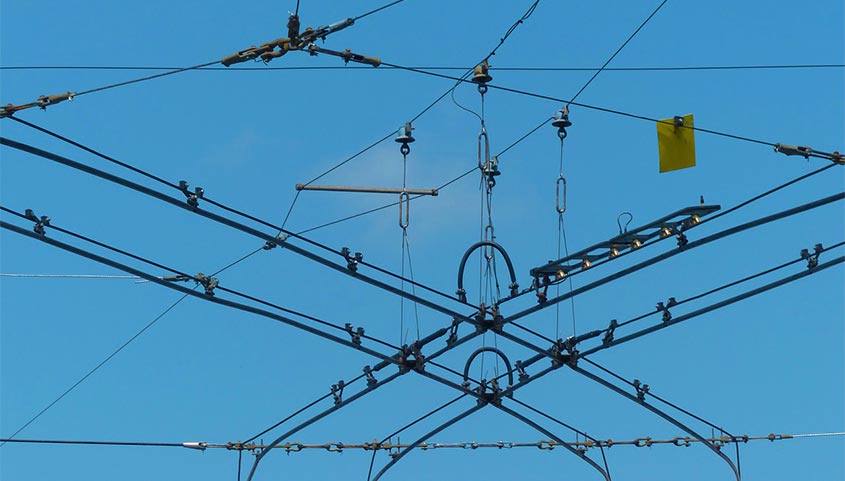
In the beginning of the 20th century, transportation agencies were very familiar with planning around electricity as electric streetcars and trolleys were a significant portion of municipal transportation infrastructure. But with mass production of the internal combustion engine and supporting transportation policies, transit agencies began focusing on expanding bus lines for their citizens. Fast forward to municipal transportation planning today and you will see that agencies need to rethink the current model focused on fossil fuels and will once again be dealing with electrified transportation to help meet state and local emissions reductions targets.
Joseph Oldham, Director of the CALSTART San Joaquin Valley Clean Transportation Center, working with local governments to develop and implement clean, efficient transportation, is intensely aware of the impact electrification will have on local agency planning. “We are working with an agency in the north part of the Central Valley that will soon have 17 electric buses. They already see the huge demand charges heading their way,” said Oldham. “These buses will need 80-100 kW of power per unit. Multiply that by 50 or 100 and you can quickly see there will not only be significant cost but also a tremendous impact on an electricity grid that was designed around fossil fuel based transportation.” Presenting at the 2017 SEEC Forum, Oldham equated the demand of about 50 electric buses when charging to more than the total peak energy demand of the Transamerica building in San Francisco.
Now we can see that the challenge ahead will include both managing the economic and grid impacts of charging mass quantities of electric vehicles. Upgrading your local infrastructure is a long process that needs be to planned well in advance so these agencies need to begin working with their utility company early on to be sure that sufficient capacity is in place to support a large increase in electricity demand. “Transit agencies have been operating on petroleum based fuels for a long time. You didn’t have to worry about whether you facility had capacity to meet demand, but now demand charges for your usage and ensuring system capacity can become a major issue,” Oldham explained.
Electric buses will likely be just one type of vehicle local agencies need to plan for, some cities are also exploring electric vehicle ridesharing. Either way local transportation plan agencies must start thinking like their counterparts in the building department who are already well experienced with efficiency, renewables, and smart growth. “Both municipal transportation facilities and buildings will need to be working together so that electric vehicles in whatever form they take can seamlessly integrate into the existing infrastructure,” said Oldham. “The biggest thing here is communication, if we break down the silos between the transit agencies and people working on buildings then we will be in far better prepared for electrified future.”
